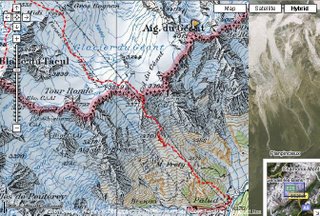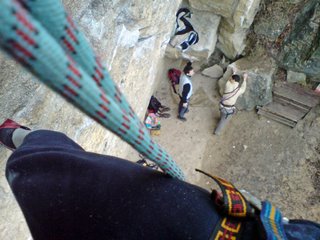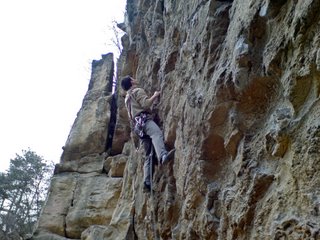
Is it only my abberation?? Sure not...
Until now, I used to use my PDA to publish short articles on my blog - the one You are just reading. That was pretty good, apart from describing the location, which was not too smart. Could I embed my posts in a Google Map? From today, YES!
No special equipment or software is needed, just something that You can send an email with - either your cell phone or a PDA like I do. Some cool free webservices do the rest. Have a look at the posts of this blog, embedded in Google Maps: http://maps.google.com/maps?q=http://ws.geonames.org/rssToGeoRSS?feedUrl=http://adszhu.blogspot.com/feeds/posts/default
A brief summary how it operates:
You are at a fantastic place, and decide to let the visitors of your blog or homepage know where it is and how it looks. You take photo with your cellphone, and send it as an email to your blog account, describing the place where You took it. Your mail immediately appears in your blogspace as a new post. At the same time, the RSS feed of your blog gets automatically updated by the blog server.
A visitor happens to surf to your site, and finds a link like the one above. This link opens the well known Google Maps site, and tries to display the RSS of your blog, including the new post, too. But how does it get the coordinates to display on the map? There is a great, free webservice at geonames.org that reads RSS feeds, parse the location names in it and converts the RSS to GEORSS. Since the link refers to Your RSS not directly, but via this geonames service, it now has the necessary geospatial info to put it on a map. Naturally, mobile Google Maps clients are able to display Your blog post, too...





















